Foundation Repair Timing Guide
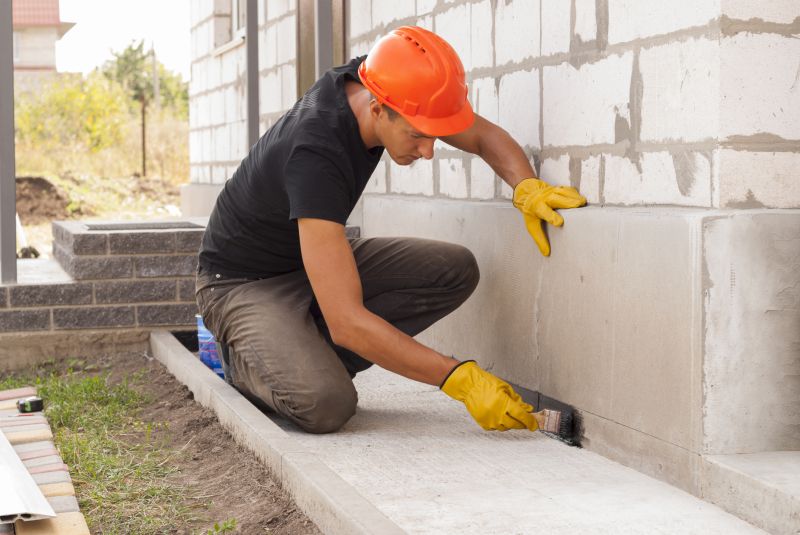
Performing foundation repairs during dry months can minimize soil movement and reduce complications.
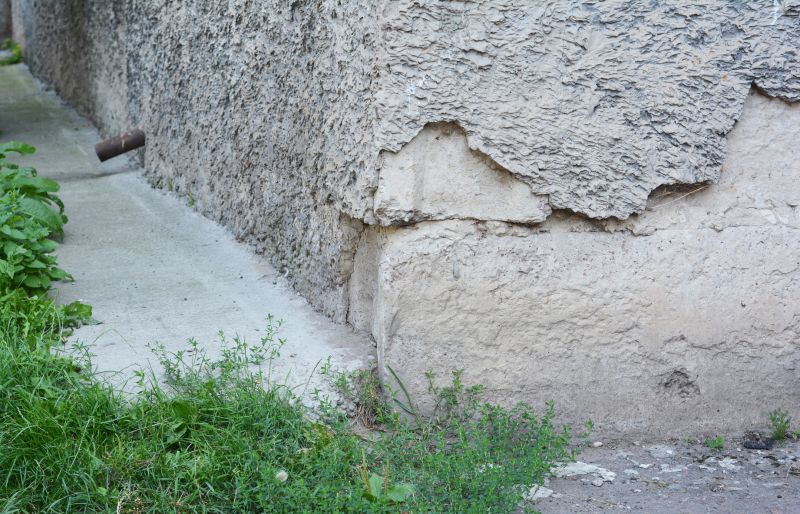
Spring offers moderate weather conditions ideal for foundation work, avoiding extreme cold or heat.
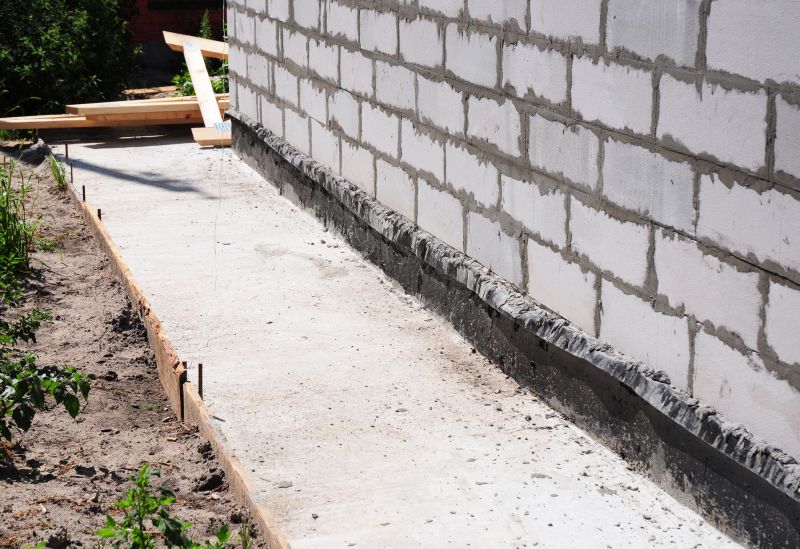
Fall provides cooler temperatures and stable soil conditions, making it suitable for repairs.

Simple add-ons that improve Foundation Repairs without blowing the budget.
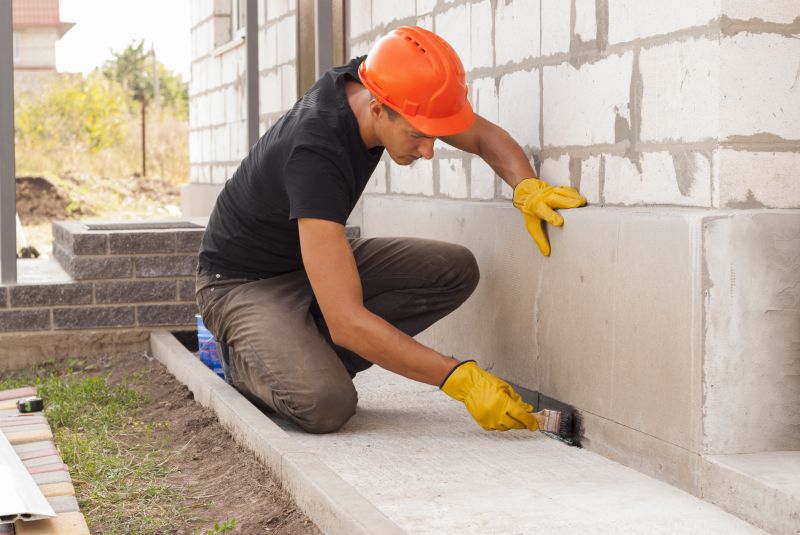
High-end options that actually feel worth it for Foundation Repairs.

Finishes and colors that play nicely with Foundation Repairs.

Little measurements that prevent headaches on Foundation Repairs day.
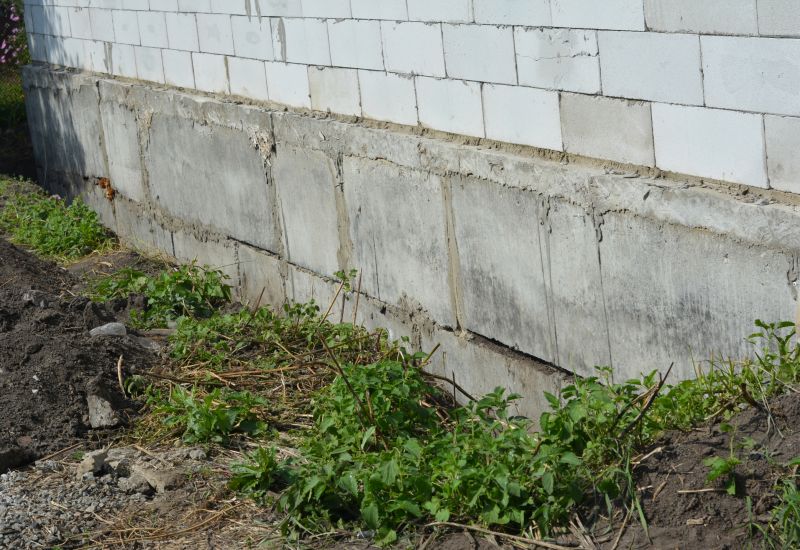
A 60-second routine that keeps Foundation Repairs looking new.
Foundation repairs are essential for maintaining structural integrity and preventing further damage to a property. Addressing issues promptly can help avoid costly repairs in the future. The best time to undertake these repairs depends on weather conditions, soil stability, and project scope.
Statistics indicate that most foundation problems are caused by soil movement, which is influenced by moisture levels. Seasonal variations significantly impact soil expansion and contraction, affecting foundation stability. Repairing during optimal weather conditions can lead to more effective and durable results.
Cracks in walls, uneven flooring, and sticking doors can indicate foundation problems.
Piering, mudjacking, and underpinning are typical techniques used to stabilize foundations.
Clay, silt, and loam soils react differently to moisture changes, influencing repair timing.
Extreme cold or heat can hinder repair work and affect soil conditions.
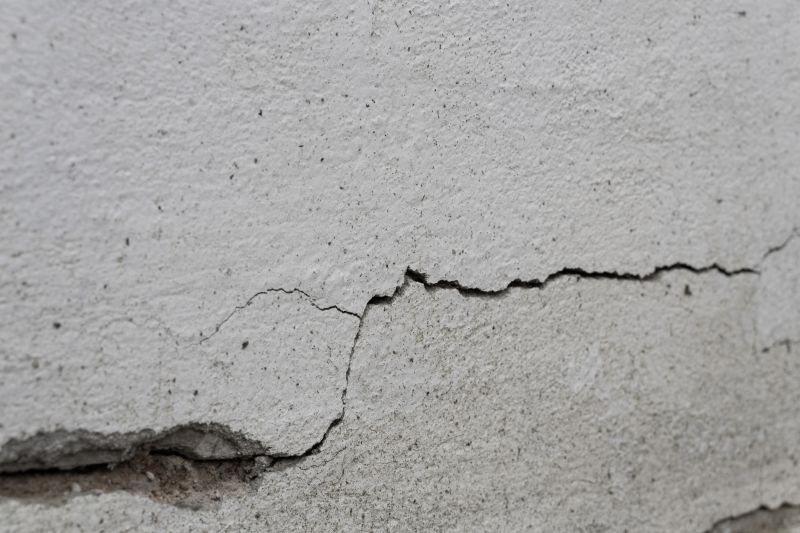
Addressing cracks early can prevent further structural damage.

Proper soil management enhances repair longevity.

Piering provides support to sinking foundations.

An effective method for leveling concrete slabs.

Strengthens and stabilizes the foundation.

Proper drainage prevents water accumulation around foundations.

Regular inspections help identify issues early.

Equipment used during foundation stabilization projects.
| Season | Advantages |
|---|---|
| Spring | Moderate weather and soil conditions facilitate repairs. |
| Summer | Longer daylight hours for extended work periods. |
| Fall | Cooler temperatures and stable soil conditions. |
| Winter | Potential delays due to cold weather and frozen ground. |
Understanding the optimal timing for foundation repairs can improve the effectiveness and durability of the work. Weather patterns and soil conditions play crucial roles in determining the best window for repairs. Proper planning ensures that repairs are completed during periods of soil stability, reducing the risk of future issues.

Visual assessments help identify early signs of damage.
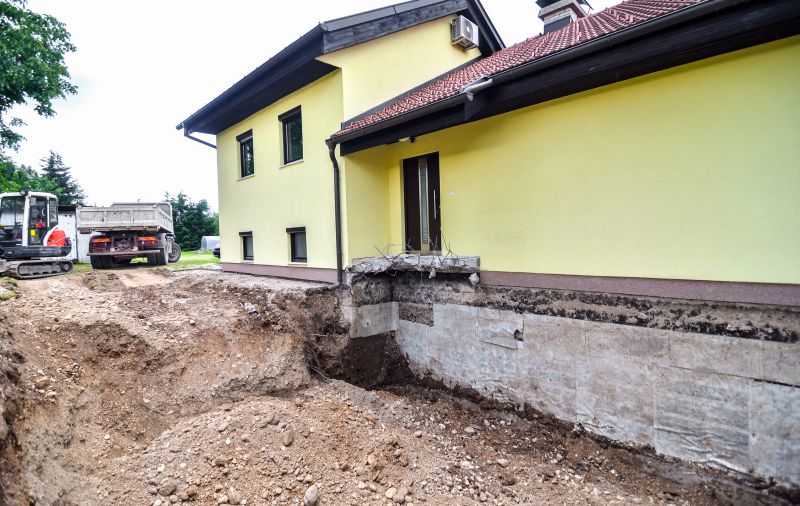
Technicians performing stabilization work.
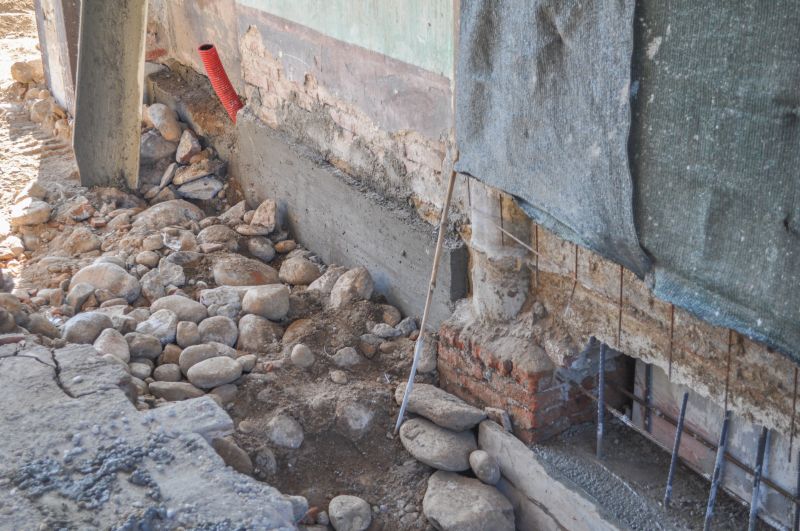
Finished projects with reinforced support.
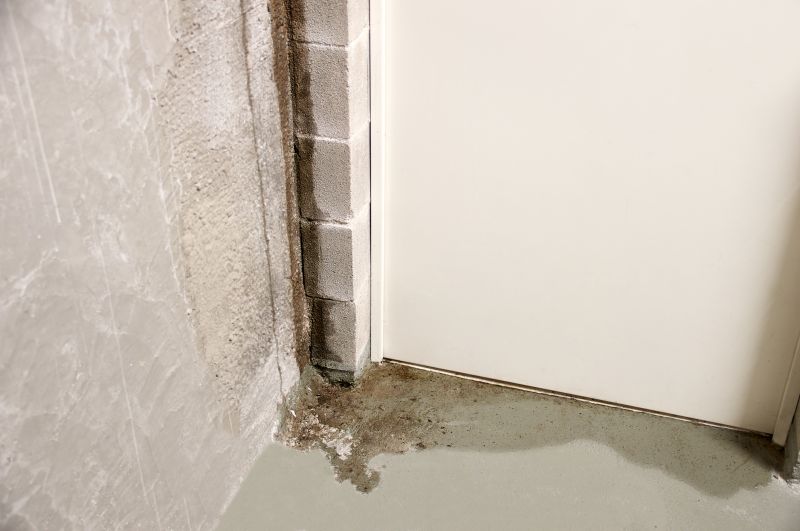
Managing moisture levels to prevent future movement.

Small tweaks to make Foundation Repairs safer and easier to use.

Lower-waste or water-saving choices for Foundation Repairs.

The short, realistic tool list for quality Foundation Repairs.

Rough timing from prep to clean-up for Foundation Repairs.
Interested in foundation repairs? Filling out the contact form can provide more information and help schedule a consultation to assess specific needs and determine the best timing for repairs.
